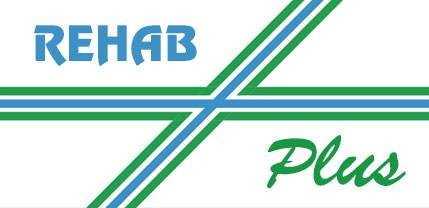Provision Of Artificial Limbs and Accessories for Lower Extremities
Understanding Artificial Limbs
Artificial limbs, or prostheses, are devices designed to replace the function and appearance of a missing limb. They are essential for individuals who have undergone amputation due to trauma, disease, or congenital conditions. For the lower extremities, prosthetic legs and feet enable users to regain mobility, independence, and improve their quality of life.
Types of Lower Extremity Prostheses
Prosthetic Legs
1. Above-Knee Prostheses (Transfemoral):
- Designed for individuals with amputations above the knee. These prostheses include a socket, knee joint, pylon, and foot. The knee joint can be mechanical or computerized to allow for smoother and more natural movement.
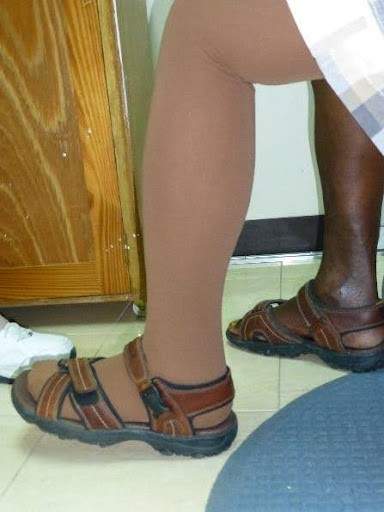
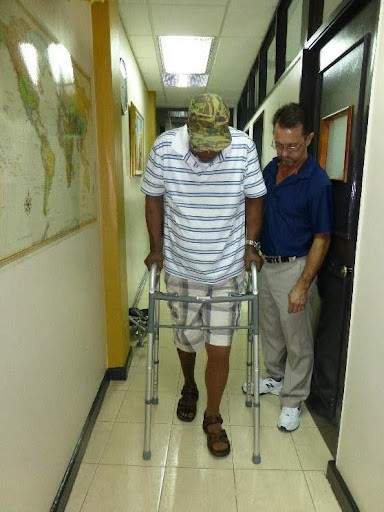
2. Below-Knee Prostheses (Transtibial):
- Suitable for amputations below the knee. They consist of a socket, pylon, and foot. These prostheses provide more control and stability due to the preserved knee joint.
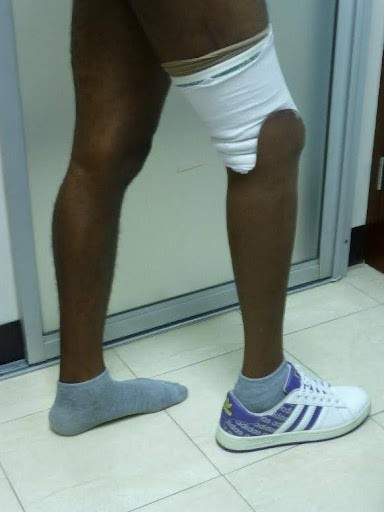
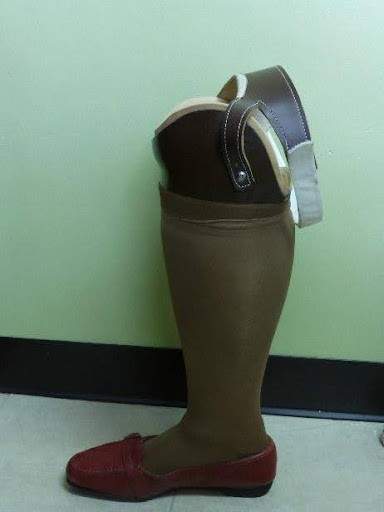
3. Hip Disarticulation and Hemipelvectomy Prostheses:
- Used for amputations at the hip or pelvis level. These complex prostheses include a hip joint mechanism, knee joint, and foot to facilitate movement.
Prosthetic Feet
1. Solid Ankle Cushioned Heel (SACH) Feet:
- Basic prosthetic feet with no moving parts, providing stability and support for everyday activities.
2. Single-Axis and Multi-Axis Feet:
- Allow dorsiflexion and plantarflexion (up and down movement) and, in multi-axis feet, additional side-to-side motion. These feet improve balance and adaptability on uneven terrain.
3. Dynamic Response Feet:
- Made from advanced materials like carbon fiber, these feet store and release energy, mimicking the natural movement of the foot and providing a more dynamic gait.
Provision of Artificial Limbs
Initial Assessment
1. Medical Evaluation:
- A thorough medical examination is conducted to determine the patient's overall health, residual limb condition, and readiness for a prosthesis.
2. Lifestyle and Activity Level Assessment:
- Understanding the patient's daily activities, occupation, and recreational interests helps in selecting the most suitable prosthetic components.
3. Psychological Support:
- Counseling and support groups can assist patients in adjusting to the loss of a limb and the transition to using a prosthesis.
Prosthesis Design and Fabrication
1. Custom Fitting:
- Accurate measurements and a mold or 3D scan of the residual limb ensure a precise fit. The socket must be comfortable and secure, as it is the interface between the limb and the prosthesis.
2. Component Selection:
- Based on the assessment, appropriate components (socket, knee joint, pylon, foot) are selected to match the patient's needs.
3. Fabrication:
- Skilled technicians fabricate the prosthesis using durable materials like lightweight metals, carbon fiber, and high-strength plastics.
4. Initial Fitting and Alignment:
- The prosthesis is initially fitted, and adjustments are made to ensure proper alignment and comfort.
Rehabilitation and Training
1. Physical Therapy:
- A critical component of rehabilitation, physical therapy helps patients strengthen muscles, improve balance, and learn to walk with their new prosthesis.
2. Gait Training:
- Specialized training to develop a natural and efficient walking pattern. Therapists work with patients to adjust to the prosthesis and optimize movement.
3. Occupational Therapy:
- Focuses on helping patients regain independence in daily activities, from dressing and cooking to returning to work or hobbies.
Accessories for Prosthetic Limbs
1. Suspension Systems:
- Devices that secure the prosthesis to the residual limb. Common systems include suction, pin-lock, and vacuum suspension, each providing different levels of comfort and security.
2. Prosthetic Covers:
- Cosmetic covers that enhance the appearance of the prosthesis, making it look more like a natural limb. They can be custom-painted to match the skin tone.
3. Sock Liners:
- Worn between the residual limb and the socket, liners provide cushioning, reduce friction, and improve the fit. They come in various materials, including silicone, gel, and fabric.
4. Protective Gear:
- Guards and shields to protect the prosthesis during sports or high-impact activities.
Long-Term Care and Maintenance
1. Regular Check-Ups:
- Periodic visits to the prosthetist ensure the prosthesis remains comfortable and functional. Adjustments may be needed due to changes in the residual limb or wear and tear.
2. Cleaning and Care:
- Proper hygiene and maintenance are essential. Clean the socket and liners regularly, and check for signs of damage or wear.
3. Component Replacement:
- Over time, certain parts of the prosthesis may need replacement. Keeping the prosthesis in good condition ensures optimal performance and longevity.
Conclusion
The provision of artificial limbs and accessories for lower extremities is a comprehensive process involving medical evaluation, personalized fitting, and ongoing support. Custom-made prostheses significantly enhance mobility and quality of life for amputees. Through meticulous assessment, tailored design, and dedicated rehabilitation, individuals can achieve greater independence and regain their confidence in daily activities. Regular follow-ups and proper maintenance ensure the longevity and effectiveness of the prosthetic device, enabling a fulfilling and active lifestyle.
